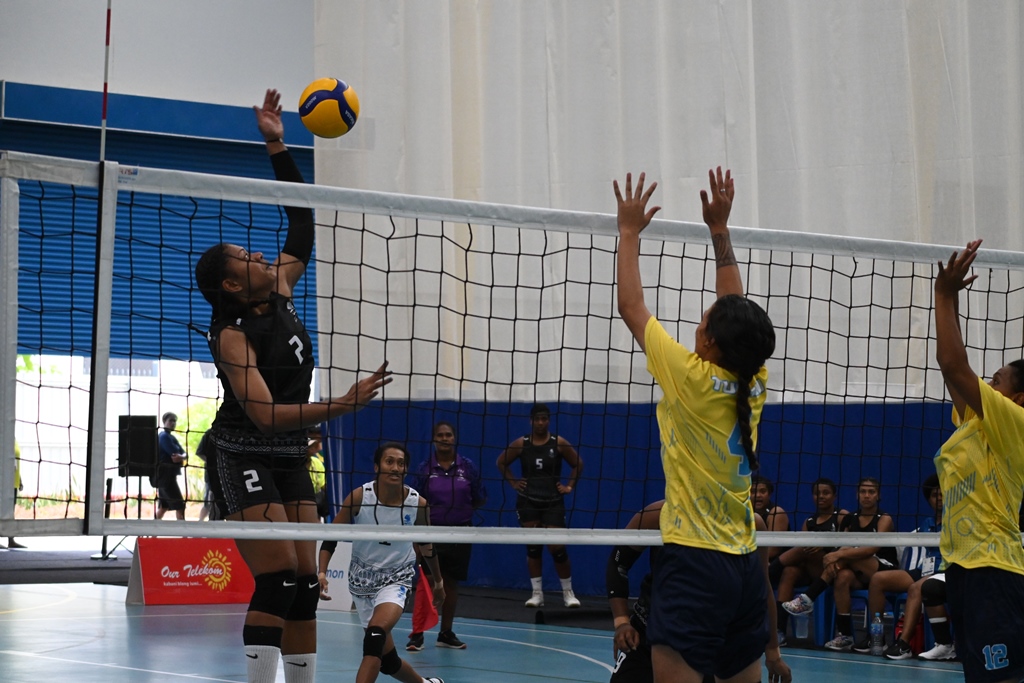The allure of the Pacific islands — pristine beaches, vibrant cultures, and a natural affinity for sport — often paints a picture of effortless athleticism. Yet, transforming this raw talent and passion into structured, sustainable athletic development requires more than just sunshine and a volleyball net. It demands strategic vision, dedicated resources, and collaborative efforts. This sentiment was at the heart of a significant gathering recently held in Fiji, where the International Volleyball Federation (FIVB) met with key national sports stakeholders to chart a new course for volleyball in the region.
A Meeting of Minds for a Grand Vision
At the core of these discussions was FIVB Secretary General Hugh McCutcheon, who engaged in high-level talks with Fiji Amateur Sports Association and National Olympic Committee (FASANOC) Chief Executive Officer Ms. Vanessa Kilner, Fiji National Sports Commission (FNSC) Executive Chairman Mr. Peter Mazey, and representatives from the Fiji Volleyball Federation. This was no mere courtesy visit; it was a deliberate move aligned with the ambitious FIVB Strategic Vision 2032, a global roadmap aimed at cementing volleyball`s place as a premier sports and entertainment spectacle worldwide.
For the Pacific, this vision translates into a unique set of opportunities and challenges. Volleyball, particularly in its beach variant, is a ubiquitous pastime across the islands, perfectly suited to the climate and coastal lifestyle. The sport`s accessibility and engaging nature make it a natural magnet for youth. However, geographical dispersion, limited infrastructure, and the inherent competition with other popular sports often hinder the formal progression of talent. The recent meeting sought to bridge this gap, moving from widespread participation to structured excellence.
Pillars of Pacific Volleyball Development
The discussions focused on several critical areas, each forming a vital pillar for the sport`s sustainable growth:
-
Grassroots and Youth Programs:
The foundation of any thriving sport lies in its youth. Plans are underway to expand school-based initiatives and community programs, ensuring that more children have access to quality coaching and equipment from an early age. This includes developing age-appropriate curricula and creating pathways from casual play to competitive engagement.
-
Coach and Referee Development:
A sport is only as strong as its educators and enforcers. A significant emphasis was placed on elevating the standard of coaching and refereeing through certified training programs. Empowering local personnel with international-standard knowledge is crucial for nurturing talent and ensuring fair play. After all, a perfectly executed spike deserves an equally perfect whistle.
-
Infrastructure and Equipment:
While a sand court and a net can be improvised, dedicated facilities and modern equipment are essential for high-performance training. The dialogue included strategies for securing funding for new or upgraded indoor and beach volleyball courts, as well as providing essential gear, ensuring that athletes train under optimal conditions.
-
Structured Competition Pathways:
From inter-village tournaments to national championships and regional showdowns, a clear ladder of competition is vital. The aim is to establish robust league structures that not only identify talent but also provide consistent, meaningful match experience, preparing athletes for the next level. Imagine the thrill of a Pacific Island Games volleyball final, fueled by years of structured local play.
-
Funding and Strategic Partnerships:
Ultimately, ambitious plans require robust financial backing. The collaboration will explore avenues for international grants, local government support, and private sector sponsorships. Building a network of partners, both within and outside the sports community, will be key to sustaining long-term initiatives.
Fiji: A Regional Hub for Volleyball Excellence?
Fiji, with its relatively developed sports infrastructure and central location, is well-positioned to serve as a hub for regional volleyball development. By strengthening its own programs, Fiji can act as a training ground and a model for neighboring island nations, fostering a ripple effect of growth across the Pacific.
The road from a casual beach game to an Olympic podium is long and arduous, paved not just with golden sands but with meticulous planning, rigorous training, and, let`s be honest, a fair amount of administrative persistence. Yet, the commitment demonstrated by FIVB and Fijian stakeholders offers a potent mix of global expertise and local understanding. It`s a testament to the belief that the Pacific, often seen as a collection of small island states, can indeed punch above its weight in the global arena of volleyball.
This strategic push is more than just about winning medals; it`s about empowering communities, promoting healthy lifestyles, and providing aspirational pathways for youth. The “serve and volley” of development has begun, and the Pacific region is poised to play a fascinating, and hopefully, very successful game.

